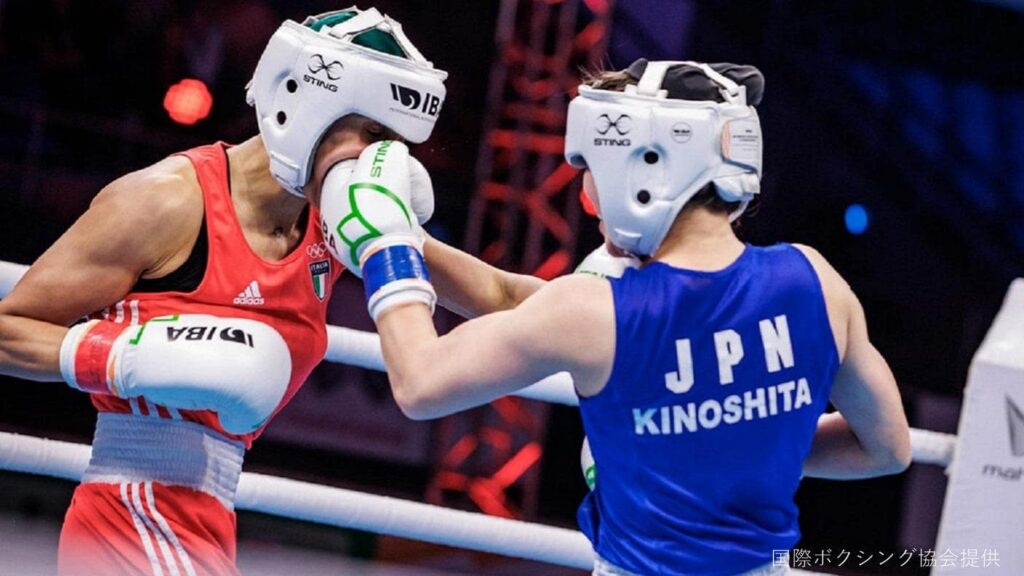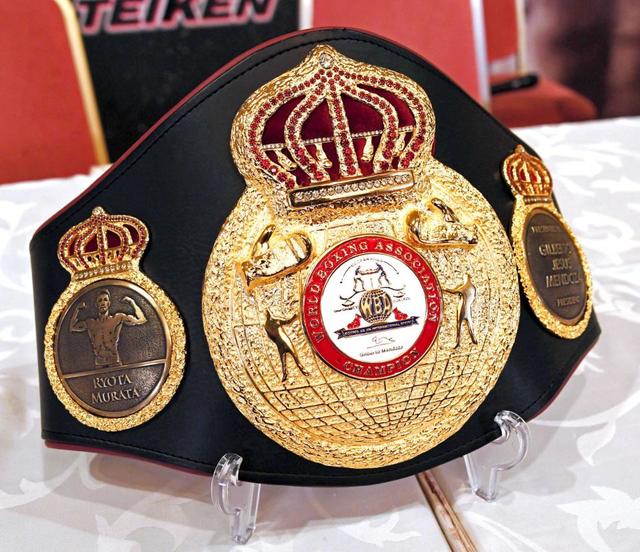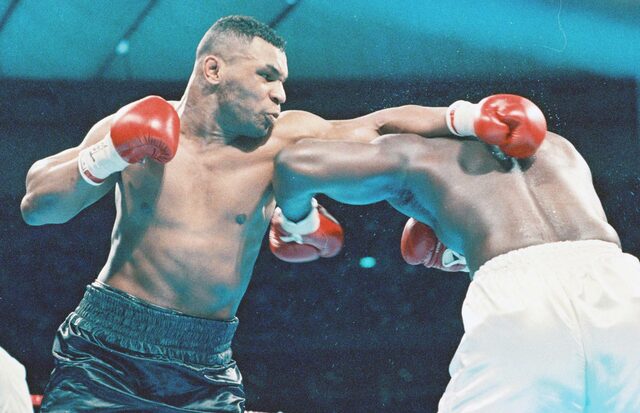
In Kendo, effective striking is considered the core of technique. Understanding and correctly practicing this effective strike is extremely important not only in Kendo practice but also in matches.
Effective striking requires six requirements: the striking part, how to use the sword, how to use the body, Ki, the position of the tip of the sword, and Zanshin (Zanshin), and these form the basics of Kendo technique. doing.
In this article, we will clearly explain these requirements for all those learning Kendo, how each element contributes to effective striking, and how to practice to comprehensively master them. We will also delve into the method.
In order to deepen your Kendo techniques and aim for an even higher level, let’s thoroughly master the fundamentals of effective striking techniques.
目次
[Fundamentals of Kendo] What is effective striking?
In Kendo, the moment when technical precision and mental concentration are highly concentrated is called “effective striking”.
This effective strike is one of the most important elements in Kendo matches and training, and is also used as a barometer of a swordsman’s technical level and mental state.
Here, we will explain the basic definition of effective striking and its importance.
Definition of effective strike
Based on the competition rules of Kendo, an effective strike is a strike that is performed with the correct use of the sword and body to the exact location of the strike, and is accompanied by appropriate energy and zanshin (zanshin). It refers to tsu.
This definition requires not only technical accuracy but also the swordsman’s state of mind, so effective striking in kendo requires a high level of concentration and ability both technically and mentally.
The importance of effective strikes in Kendo
Effective strikes are the basis for scoring points in Kendo matches, but their significance goes beyond that.
Through effective strikes, swordsmen can test their mastery of kendo techniques and have the opportunity to grow spiritually.
Performing effective strikes with the correct technique and mindset is an act that shows respect for the opponent and responsibility for one’s own growth, and embodies the spiritual culture of Kendo.
Therefore, the pursuit of effective strikes is considered to be the core of human development through Kendo, and is one of the most important goals in the practice of Kendo.

Detailed explanation of the six requirements for effective striking
In order to perform an effective strike in kendo, six basic requirements must be met.
These requirements are related not only to kendo techniques but also to the mental state of the swordsman, and when all of them are combined, a truly effective strike is achieved.
Below we will explain each requirement in detail.
Correct impact area
In order to make an effective strike, it is necessary to hit the target area accurately.
The main striking parts are men (men), kote (kote), do (do), and tsuki (tsuki). It is necessary to strike these parts accurately and powerfully.
How to use a sword correctly
How to use a sword includes the angle at which you swing the sword, how you apply force, and the position of the sword when striking.
Effective striking requires swinging the sword in a way that is faithful to the basics of kendo, and striking the target at the optimal angle and force.
How to use your body
In order to perform effective strikes, it is important to use the entire body effectively. This includes how you move your feet, use your hips, and balance your body at the moment of striking.
By moving your entire body as one unit, you can achieve powerful strikes.
spirit
Kiki refers to the mental concentration and enthusiasm for striking. In effective striking, it is important to value the spirit before and after striking, and to clearly demonstrate your intention to strike.
This is to create pressure on the other person and strongly express one’s will.
position of the tip of the sword
The position of the tip of the sword is also an important factor when making an effective strike. In particular, the position of the tip of the sword after the strike greatly affects the effectiveness of the strike.
By keeping the tip of the sword in the proper position, it shows the state of zanshin (zanshin) and increases the completeness of the strike.
Zanshin (zanshin)
Zanshin refers to the state of mind in which one remains alert even after a strike. Effective striking requires maintaining mental concentration not only during the moment of striking, but also afterward.
This is a symbol of spiritual perfection in Kendo, as well as survival in actual combat.
These six requirements form the basis of effective striking in kendo.
By honing and integrating each element, a swordsman can not only improve technically, but also grow spiritually.

The spirit of Kendo that supports effective strikes
In kendo, effective strikes depend not only on technical accuracy and strength, but also on the mental strength that flows from within the swordsman.
Here, we will explore the mental elements essential to achieving effective datuki, and the particularly important concept of zanshin (zanshin).
Mental elements to achieve effective striking
Effective striking requires deep mental concentration and preparation that goes beyond technique. This spiritual dimension includes the following elements:
- Strength of Will : Achieving an effective strike requires unwavering will and self-confidence. This is cultivated through practice and is an expression of self-confidence.
- Concentration : At the moment of striking, the swordsman must concentrate all his attention on the blow. This high level of concentration allows for accurate strikes.
- Calmness : Even during a tense game, remaining calm will pave the way for effective striking. Calmness leads to good judgment and timing.
The importance of zanshin
Zanshin is one of the most important mental elements in Kendo, and is an essential element in achieving effective striking.
Zanshin refers to a state of mental preparation and vigilance that allows you to move on to the next move at any time without letting up on your guard against the enemy even after a strike.
This concept is a mental attitude common not only to kendo but to all martial arts, and is important in the following ways:
- Completed Strike : With Zanshin, the Strike is truly complete. This not only demonstrates technical perfection, but also embodies the Kendo philosophy of unifying mind and technique.
- Continuous Vigilance : Remains ready for counterattacks from the enemy even after a strike. This allows the swordsman to always think about his next move and maintain an advantageous position.
- Mental Maturity : Zanshin shows that the swordsman is not only technically mature but also mentally mature. This symbolizes the spirit of never-ending pursuit that is cultivated through Kendo practice.
The spirit of Kendo that supports effective strikes is the path of a swordsman, aiming for self-growth and self-transcendence that goes beyond mere victory.
These spiritual elements, including zanshin, promote human maturation through Kendo and can be valuable qualities in everyday life.

Practice! A practice method to hone the six requirements for effective striking
In order to achieve effective striking, it is necessary to understand the six requirements and develop specific training methods to strengthen each one.
Below, we will introduce practice methods to hone each requirement, as well as important points and precautions during practice.
Practice methods to strengthen each requirement
Correct impact area
- Practicing the correct striking parts : Be aware of the exact striking parts of men, kote, torso, and tsuke, and practice aiming using a target. While changing targets, adjust the sense of distance and practice repeatedly to improve accuracy.
How to use a sword correctly
- Practice swings : Practice swings a lot in order to learn the correct path of the sword and how to apply force. In particular, practice while paying attention to the speed and force of the swing, and the movement of the tip of the sword.
How to use your body
- Coordination of foot techniques and body movements : By practicing basic foot techniques (suri-ashi, fumi-ashi) and practicing them at the same time as sword techniques, you will improve how you use your body when striking. The aim is to strike powerfully and accurately by using the whole body.
spirit
- Get motivated : At the beginning and end of the practice, practice raising your spirits by saying out loud. This will help increase your mental focus and improve the overall quality of your practice.
position of the tip of the sword
- Practice controlling the tip of the sword : Practice keeping the tip of the sword in the appropriate position after striking. It is important to pay attention to the follow-through after the strike and always be aware of the position of the tip of the sword.
Zanshin (zanshin)
- Move with Zanshin in mind : Practice maintaining vigilance even after striking. Zanshin practice consists of maintaining a posture that allows you to move on to the next movement while maintaining a distance from your opponent.
Points and precautions during practice
- Stay true to the basics : Kendo training begins by going back to the basics and pursuing accuracy. It is important to perform each movement carefully without rushing the technique.
- Importance of Repetition : Repetition is the key to practice. By repeating the same movements over and over again, your body will memorize them and naturally perform the techniques in the correct form.
- Self-evaluation and correction : It is important to objectively evaluate your techniques and movements through practice and make necessary corrections. Sometimes it’s a good idea to use video recording to check your movements.
- Actively seek guidance from teachers and seniors : Although it is important to practice alone, you can improve your technique more efficiently by actively seeking guidance and feedback from experienced teachers and seniors. Masu.
Refinement of the six requirements for effective striking not only leads to technical growth in Kendo, but also to mental maturity.
Through daily practice, aim to hone these elements in a well-balanced manner and approach the essence of Kendo.

summary
Effective strikes in Kendo not only reflect a high level of technical perfection, but also the mental maturity of a swordsman.
In order to perform an effective strike, six requirements must be met: the correct part of the strike, how to use the sword, how to use the body, Ki, the position of the tip of the sword, and Zanshin (Zanshin).
These requirements are important elements that help a swordsman grow not only technically, but also mentally.
Practice methods to strengthen each requirement include a faithful return to basics, the importance of repetition, self-evaluation and revision, and actively seeking guidance from teachers and seniors.
These training methods are essential for a swordsman to hone his effective striking and thrusting techniques, and through daily effort and practice, he can gradually improve his techniques.
In Kendo, the pursuit of effective strikes goes beyond technical improvement, and is also a process of refining one’s humanity as a swordsman.
Spiritual elements such as zanshin foster valuable qualities not only in kendo but also in everyday life.
Kendo training is not just about competing to win or lose, but it can be said to be a way to improve yourself and sharpen your spirit.
Ultimately, Kendo is a martial art that combines technique and spirit. By honing the six requirements for effective striking, a swordsman can gain a deep understanding of kendo and enrich his inner self.
This journey is not easy, but through daily practice and reflection, you will gradually get closer to the essence of Kendo.





